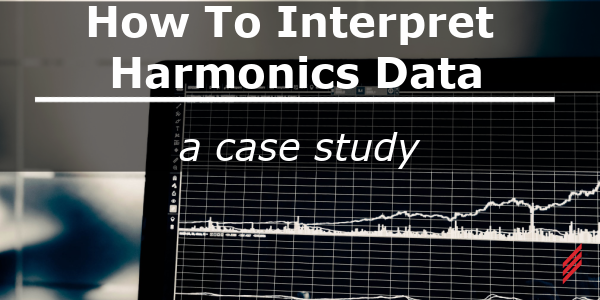Inspired Engineering – Things I learned in My First Hallam Year
by Todd Sampson on Jul 12, 2018 10:30:00 AM

My experience prior to starting with Hallam a year ago was as a Canadian engineer, in the field of electrical consulting engineering and in support thereof. It’s a field where despite some minor changes in supporting technologies, not much has changed in the last 30 years.It’s an occupation largely driven by codes and by standards. I knew the codes would be different in my new country, but knowing that the standards upon which they are based were largely the same, I felt the transition wouldn’t be too overwhelming.
Hallam’s Business is 50% Technical….
I learned for instance, the National Electrical Code (NEC) requires ‘dedicated electrical space’ extending from the floor to 6ft above the equipment (or to the structural ceiling). This makes sense as electricity generally does not play well with others. Oddly, no such requirement exists in the Canadian Electrical Code (CEC) which is a little more general about equipment spacing and clearance requirements.
One of my favorite distinctions is between grounding and bonding. A point of great confusion in the industry and further complicated by nomenclature differences across the borders. In the United States, the term for the conductor that permits the passage of grounded fault current is ‘equipment grounding conductor’. In Canada this conductor is referred to as the ‘bonding conductor’. The NEC limits its use of the term ‘bonding’ for jumpers. Other such code nomenclature differences exist in the field of grounding and bonding; it’s of little wonder the confusion on the topic persists.
When it comes to the more critical requirements for arc flash identification, load calculations, emergency system design, protective device sizing, etc…, it’s amazing to see the similarities between the codes. And since they’re based on similar industry input and ever evolving safety standards, I would guess there’s more in common between similar year revisions of the NEC and CEC, than unique revisions of either.
…. and 50% Relationship
On the interpersonal front, in my career I have experienced some exceptional and some not-so great mentors and managers. If there’s one quality I think I could link to personal and business success it’s empathy with our clients. Working in a technical field often requires filtering out exterior noise; this is a disabling habit when interacting with clients who are often more involved with multidisciplinary project and facility management.
Hallam by desire or by necessity greatly encourages curiosity in its engineers to understand all engineering fields included on a project. At one point on a project I asked my supervisor who on our team specialized in lighting, to which he replied “this is Hallam, we don’t encourage specialization”. That negative rang through as a strong positive for me, as I’m sure it would for many engineers whose greatest desire in employment is continuous learning.
As important as this is to employee retention, I see this equally of great benefit to our customers. I have never met a client who didn’t appreciate his consultant having an understanding of a project as a whole, and being able to actively listen, understand and contribute to their plan and goals for achieving success. In my brief experience with our New England clients, this certainly holds true.
The critical elements of consulting engineering seem strangely familiar in my new found home.
About the Author
Todd has left Hallam-ICS to pursue other endeavors, but his contributions to the company continue to be valued.
Read My Hallam Story
About Hallam-ICS
Hallam-ICS is an engineering and automation company that designs MEP systems for facilities and plants, engineers control and automation solutions, and ensures safety and regulatory compliance through arc flash studies, commissioning, and validation. Our offices are located in Massachusetts, Connecticut, New York, Vermont and North Carolina and our projects take us world-wide.
You May Also Like
These Related Stories

Inspired Engineering – 50% Technical and 50% Relationship!

Rockwell Automation’s PlantPAx 5.0 – Understanding the Changes



No Comments Yet
Let us know what you think